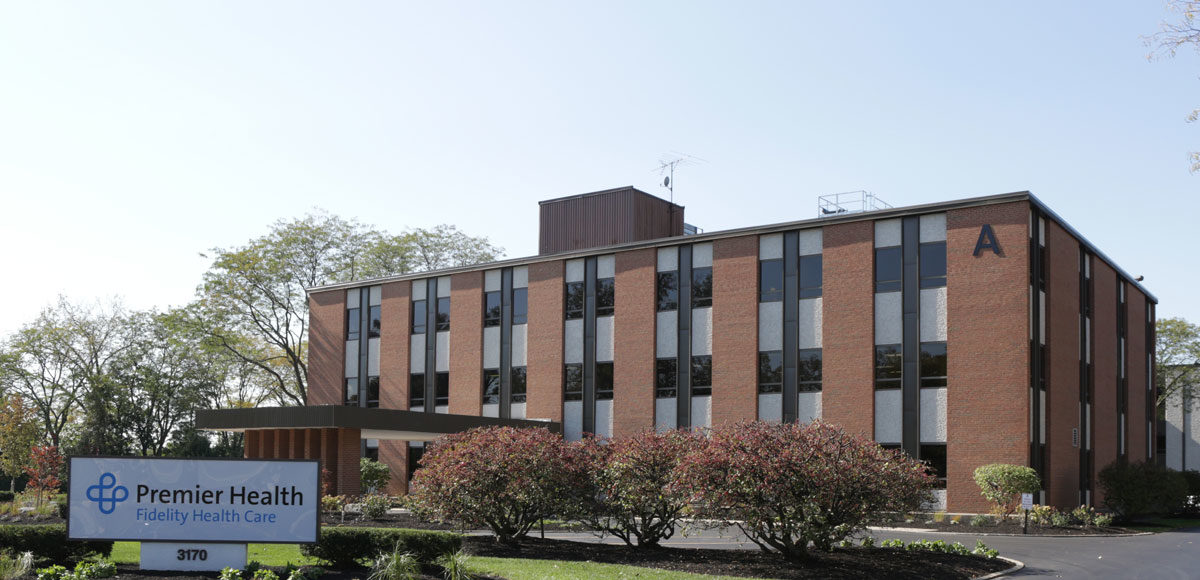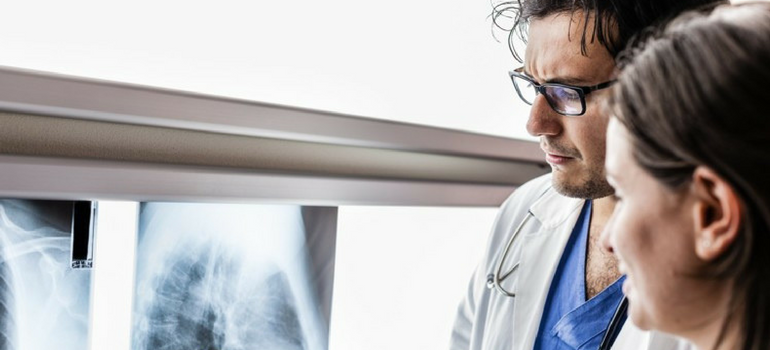For my fourth and final cooperative education experience, I was given the opportunity to work with Fidelity Health Care, a home health care service located in the Dayton area. Once again, I was able to work with Dr. Abi Katz, a palliative physician and the medical director of the Advanced Illness Management (AIM) program.
The AIM program is built around a model of care focusing on the palliative care of patients with chronic illnesses who are referred to the service through the Premier Health Care hospitals. Palliative care focuses on treating the symptoms that patients with advanced and chronic illnesses face with the goal of improving a patient and their family’s qualities of life. Through the work of nurses, social workers, a visiting physician, and health coaches, the AIM program provides home services and support in an attempt to address patient concerns, promote patient involvement in treatment, provide some relief for patients from their conditions, and help identify and reduce the potential barriers and stresses that the patient and their family may face. This is done through the six pillars of care, which are identifying symptom red flags, using medication reconciliation to avoid adverse events, providing advance care directives to make the patient’s voice heard at the end of life, performing follow-ups with physicians, providing a personal health record so that patients are well aware of their current condition and can communicate their story in an emergency, and addressing a patient’s spirituality. Each person is unique and their progression through the pillars will never be the same.
My role in the AIM program has me working within the office and in patients’ homes. I have been focused on data collection, entry, and analysis, as well as contributing to and constructing spreadsheets. Also, I have worked on a literature review for research surrounding palliative and advanced care. One specific project was to construct a table of recommended physician follow-up times for patients leaving the hospital. The goal was to determine if certain timelines lead to a reduction in readmission rates to the hospital within thirty days of discharge. Additionally, I have been producing metrics for Dr. Katz’s patient log and working on the admission/discharge measures for the AIM program.
Outside of the administrative work, I have become an active member of the team providing care for patients, acting as their care guide. A care guide is someone who meets with patients and helps to identify the barriers to their health and promote the establishment of goals. This a unique opportunity for me as it allows me to talk one-on-one with patients and help them with psycho-social issues that may be affecting the patient’s quality of life beyond just their medical needs. This was particularly nerve-racking as I was uncertain of my ability to develop this type of rapport with patients but as I meet with them more it is becoming more comfortable. With my co-op being almost half over I look forward to meeting more patients and learning their stories.
In addition to my work at Fidelity, I am also working as an on-call simulated patient for the Boonshoft School of Medicine. For this work, I actually act as the patient and help in the training of medical students as they try to build a rapport with me and figure out what ailment I may have. This has given me a new perspective on healthcare as I am now the patient and I can learn the skills that are needed to be an effective physician. I never thought I would have 53 doctors-to-be meeting with me and performing physical exams on me over the span of 22 hours in only 2 days, but I hope I have the opportunity to work more with these students in the future so that we can build their skills before they go on as real doctors.
Photo credit: https://www.premierhealth.com






